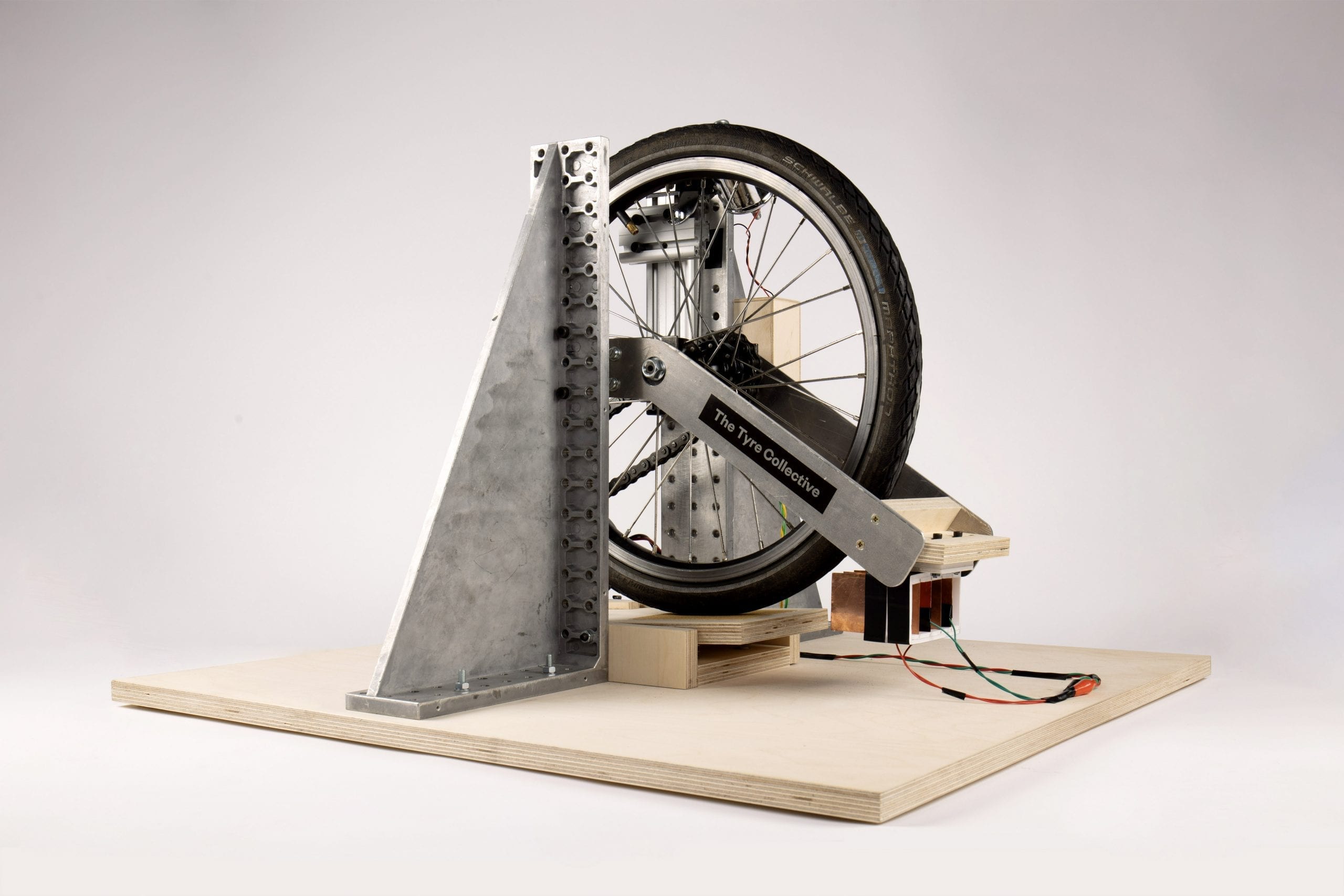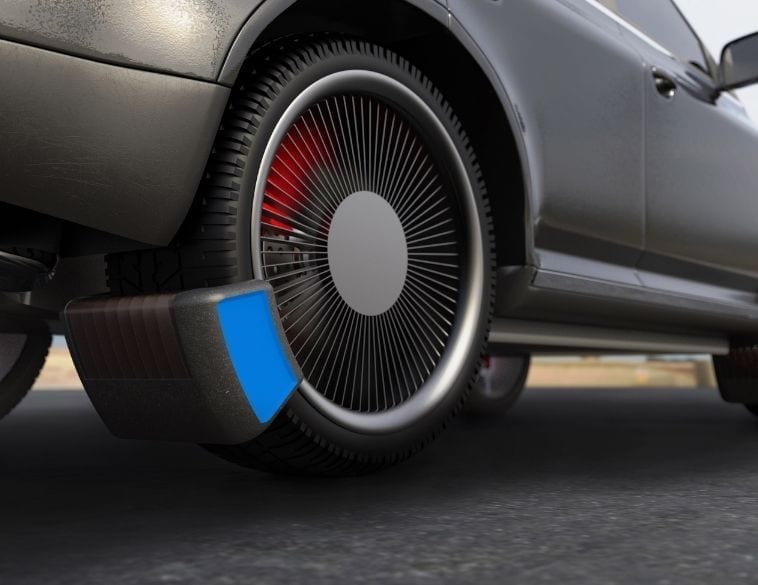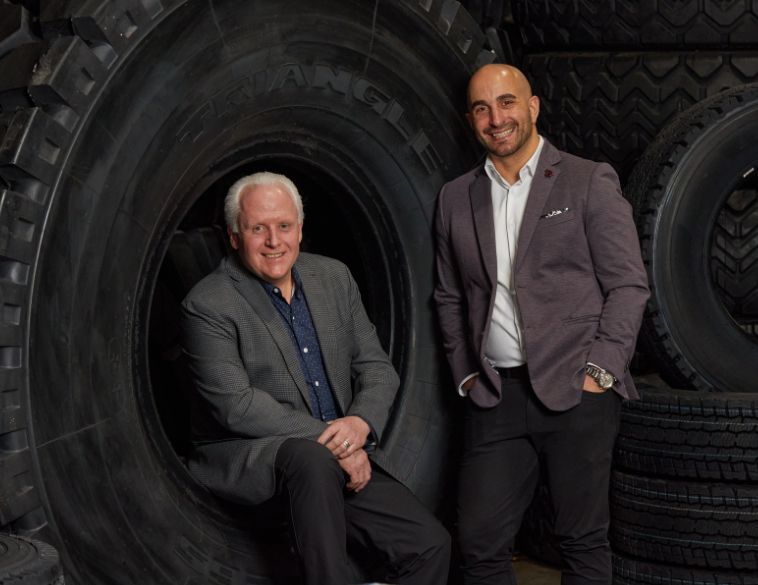A group of English academics has developed a device that collects dust generated by tire wear.
Under the name The Tyre Collective, the four students behind the project have joined forces to find a solution to what will be the main source of pollution in the automotive sector once the entire fleet is running on electricity. The problem is exacerbated by the fact that the extra weight caused by the batteries in electric cars contributes to faster tire wear.
Hugo Richardson, Siobhan Anderson, Deepak Mallya and Hanson Cheng built this project as part of their studies in Innovative Industrial Design at Imperial College London and the Royal College of Art and developed an interdisciplinary approach to help fleet managers and car manufacturers achieve zero emissions for their vehicles.
An environmental issue
The device uses electrostatics and air movement around the tire in operation to capture rubber particles. These particles can be recovered and reused, particularly in the manufacture of new tires.
According to the team, the idea stems from the fact that 500,000 tons of these particles are produced in Europe every year, floating in the air of cities and eventually flowing into rivers and oceans. Last July, the British government raised this problem and invited researchers to propose solutions. Hence the Tyre Collective.
How it works
The researchers found that tire wear particles were positively charged due to friction with the road surface. By placing the negatively charged plates just behind the tires, close to the ground, the prototype of the device managed to collect 60% of the particles emitted during rolling. The device requires little energy and can be powered by the vehicle’s alternator. It is stowed in such a way that it follows the movement of the steered wheels and can be adapted to various types of vehicles.

Captured particles accumulate in cartridges that can be emptied during maintenance or tire replacement. Once refined, the particles can be used for a variety of purposes, whether in the manufacture of new tires, as raw material for 3D printing or to make dyes.
To put their theory to the test, the quartet of researchers built a prototype with a bicycle wheel in contact with an asphalt surface. At the same time, samples were taken from the streets of London and analysis of tire wear on city buses showed that only one of these vehicles produces the equivalent of one grapefruit of tire wear particles every day.
This source capture principle has been submitted for patent application. In addition, according to the designers, the data from the wear measurement will be valuable information for tire and vehicle manufacturers.
Marketing
The Tyre Collective obviously wants to market its device, but also the data it allows to collect. The group is currently negotiating a development partnership with a major car manufacturer. Two tire manufacturers would also be in talks to join forces in the research component.
To speed up marketing, the Tyre Collective also wants to produce its data collection devices on a small scale to test them on real cars, under normal conditions of use. A pilot project could be set up with the London Transport Company to help it achieve its goal of zero emissions by 2030.



